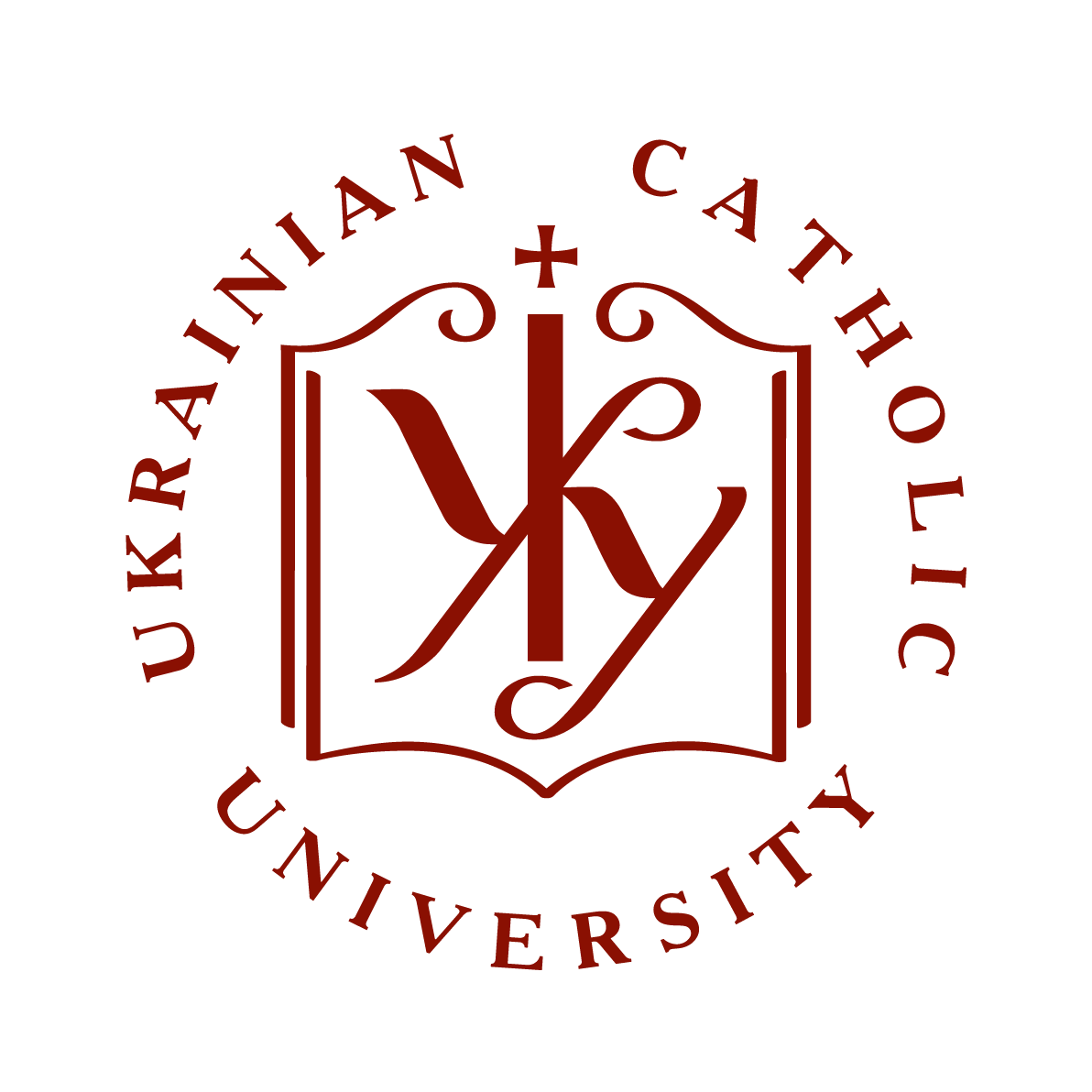Сценарії JavaScript вимкнено для Вашого браузера. Деякі функції цього сайту не будуть працювати без них.
| dc.contributor.author | Долинська, Мар'яна
|
|
| dc.date.accessioned | 2019-05-09T07:44:06Z | |
| dc.date.available | 2019-05-09T07:44:06Z | |
| dc.date.issued | 2019 | |
| dc.identifier.citation | Долинська М. Початки просторової локації Львова в останній третині ХІІІ століття // Місто: історія, культура, суспільство. Е-журнал урбаністичних студій / Інститут історії України НАН України, Історичний факультет Київського національного університету імені Тараса Шевченка. – Київ, 2016. – № 6. – С.39-46. | uk |
| dc.identifier.uri | http://er.ucu.edu.ua/handle/1/1448 | |
| dc.description.abstract | Уява про просторову структуру Львова кінця ХІІІ ст. залишалася незмінною протягом останніх ста – ста п’ятдесяти років. Так само усталилося переконання, що князь Лев надав першому німецькому війту Бертольду Штехеру нерухомість у межах і поруч сучасного містечка Винники. Однак просторовий ретроспективний аналіз показує, що ще до надання Львову магдебурзького права Казимира ІІІ у 1356 р. існували як мінімум три об’єкти з рисами, що відповідали засадам просторовій локації міста на магдебурзькому праві: лан, млин та міське село. Перший з них – лан костелу Діви Марії – тягнувся між Старостинською юридикою (колишнім подолом княжого періоду) і міським селом Замарстинів, а млин Штехера розташовувався безпосередньо поруч перших двох. Аналіз низки документів дозволяє стверджувати, що міське село Замарстинів було засноване ще в останній чверті ХІІІ ст. і мало статус маєтку війта Штехера і, очевидно, іншу назву. Ці просторові об’єкти, згадки про іригаційні роботи князя Лева та окремі планувальні особливості магдебурзького середмістя переконують, що в просторовому вимірі магдебурзьке право поширилося на Львів у княжу добу наприкінці ХІІІ ст. | uk |
| dc.language.iso | uk | uk |
| dc.subject | лан і млин костелу святої Діви Марії, Бертольд Штехер, Замарстинів, просторовий устрій міста, пізньосередньовічний Львів | uk |
| dc.title | Початки просторової локації Львова в останній третині ХІІІ століття | uk |
| dc.type | Article | uk |
| dc.status | Публікується вперше | uk |
| dc.subject.udc | 94(477-25):2-523 | |
| dc.description.abstracten | THE BEGINNINGS OF THE SPATIAL LOCATION OF LVIV IN THE LAST THIRD OF THE 13TH CENTURY The researches during the last 20 years have showed that there were some spatial features of Magdeburg (city) rule in that time. Primarily the structure of the town was similar to other Central or Western European towns: a castle (castrum, burg, grad, dytynets) and an extensive settlement (podil), the latter having no fortifications and being where merchants and craftsmen lived. The initial formation of the city territory based on the principles of the space location of the cities of the German law started around the 70-th years of 13 century – the times of rule of duke Lev. No research this period the author have applied the methodology of recreating the historical topography based on retrospective comparison of the prestatictical sources and applying it to the historical maps of the period. The primary Lviv space of the 13th century was based on the real-estate of the first Lviv «advocatus», Bertold Stecher, and the «laneus» area of Maria Snizhna Church. (Laneus – medieval measure of area, the similar term «mansus») The 1368th manuscript explained the German family Stecher received land from Duke Lev without being subject to any rent. This real-estate consisted of three parts; the villa (a house in the countryside); allod (the land owned and not subject to any rent); and the molendinum (mill). After the late 19th century comment to Latin text insisted that all of these parts of real-estate were Everyone of Lviv`s historians knows were sure these advocate Bertold Stecher`s real-estate (villa Maly Vinyk, allod Podpresk and molendinum Schilzkikut) were nearby contemporary town Vynnyky and far from 13th -14th cc. town of Lviv and far one from another. Using both the method of the retrospective location of real estate and systematic-criterion approach allows to made hard conclusion, that originally, the Maria Snizhna church «laneus» was near the Stecher mill and this «laneus» had divided the Duke`s jurisdiction from the Stecher settlement. Villa Maly Vinyk have changed its name to «Zamarstyniv». All these real-estate parts constituted the core of the town of the Magdeburg rule. Lviv`s downtown (town within walls) has the typical Middle Age’s spatial urban form, but some specific of it shows it was founded in late 13th century Key words: Church st. Maria «laneus» and mile, Bertold Stecher, Zamarstyniv, spatial urban form, Late Middle Ages, Lviv | uk |
| dc.relation.source | Місто: історія, культура, суспільство. Е-журнал урбаністичних студій / Інститут історії України НАН України, Історичний факультет Київського національного університету імені Тараса Шевченка. | uk |
Files in this item
This item appears in the following Collection(s)
-
Інше [10]
Other


